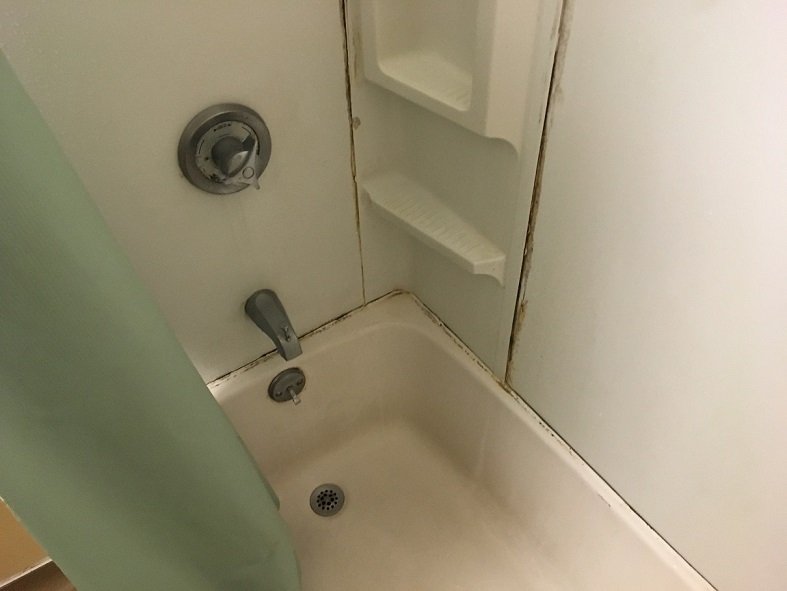
Air Quality 101
By John Turner, P.E.
One of our great industry allies is Jeff Bradley of Indoor Doctor. Jeff is an Environmental Testing Professional and does a fantastic job helping home and building owners identify toxins in buildings and sources of those toxins. Jeff then often refers his clients to us at Team Engineering to establish a game plan of how to remedy these conditions.
Many in the industry have experienced what we see regularly. The tighter and more energy efficient buildings get, the greater the problems with mold, moisture, rot and indoor air quality. Most of us readily understand the concept that exhaust fans are good to remove moisture and odors from specific areas (bathrooms, kitchen, etc). The Building Codes and better builders have started to catch up by including HRV (Heat Recovery Ventilators) or ERVs (Energy Recovery Ventilators). When done right, these are installed to extract stale air directly from bathrooms and supply fresh, tempered air in exchange. Nice theory except most of the ERV/HRVs installed only deliver 100CFM, enough for 1 bathroom not for a house!
Start doing the math on a typical house: 2 bathrooms (100CFM each), Dryer (200CFM), Kitchen (500CFM). Let’s stop there and assume the house has a modern furnace and water heater with direct combustion air intakes and direct exhaust. Still, that’s 900CFM of air that various fans are trying to suck out of the house, often simultaneously. That 100CFM ERV hardly puts a dent on this load.
Somehow, we understand this in commercial buildings. We install make-up air systems adjacent to kitchen hoods. We install RTU (Roof Top Unit) type HVAC systems that automatically mix outside air (and some even select the air mix based on outside temperature/humidity).
The Air Quality 101 lesson here is simple: if you don’t provide make up air for all those “exhaust” systems, you’ll end up with mold in your bathrooms, air quality problems and elevated formaldehyde levels. For many modern homes, the solution can be as simple as adding exterior fresh air intake ducts directly to the return plenum of the furnace system. It is not the most energy efficient, but what price can we put on good health?!

Mold at bathtub surround at this location is partially a symptom of an exhaust system that does not have sufficient make up air!
More Articles From...
| This Category | Architectural Design, Engineered Consultations, Home Repairs, Residential Engineering |
| This Author | John Turner, P.E. |
